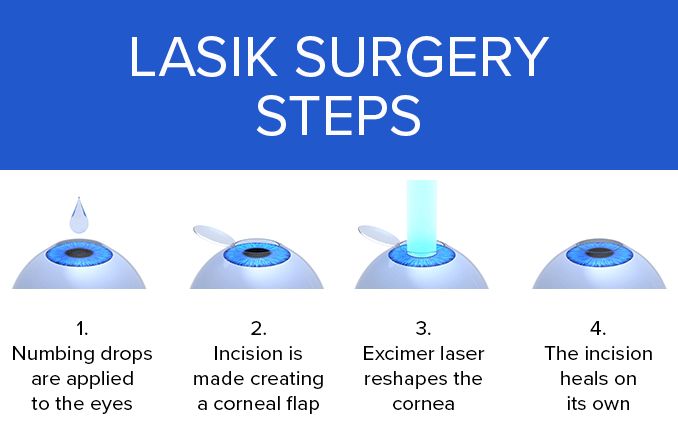Metastatic cancer, a condition where cancer cells have spread from their original site to other parts of the body, presents a significant challenge to healthcare providers. Effective treatment requires a combination of advanced medical techniques and sophisticated equipment. Biomedical engineers play a pivotal role in developing and optimizing these tools, ensuring the highest quality of care for patients battling this formidable disease.
 |
| metastatic cancer |
Essential Medical Equipment for Metastatic Cancer Treatment
A variety of medical devices are employed in the treatment of metastatic cancer. These include:
- Imaging Equipment
- Computed Tomography (CT) Scans: Used to create detailed images of the body, helping to identify the extent of cancer spread and monitor treatment progress.
- Magnetic Resonance Imaging (MRI): Provides high-resolution images, particularly useful for soft tissue visualization and detecting subtle changes in the body.
- Positron Emission Tomography (PET) Scans: Combines imaging with a radioactive tracer to detect metabolic activity, which can help identify cancerous tissues.
- Computed Tomography (CT) Scans: Used to create detailed images of the body, helping to identify the extent of cancer spread and monitor treatment progress.
- Radiation Therapy Equipment:
- Linear Accelerators: Deliver high-energy radiation beams to target cancer cells while minimizing damage to healthy tissues.
- Brachytherapy: Involves placing radioactive seeds or implants directly into or near the tumor, allowing for concentrated radiation delivery.
- Linear Accelerators: Deliver high-energy radiation beams to target cancer cells while minimizing damage to healthy tissues.
- Chemotherapy Delivery Systems:
- Infusion Pumps: Precisely deliver chemotherapy drugs into the bloodstream at a controlled rate.
- Central Venous Catheters: Provide access to the bloodstream for long-term chemotherapy administration.
- Infusion Pumps: Precisely deliver chemotherapy drugs into the bloodstream at a controlled rate.
- Surgical Instruments:
- Laparoscopic Tools: Allow for minimally invasive surgery, reducing trauma and recovery time.
- Robotic Surgery Systems: Enhance precision and control during complex surgical procedures.
- Laparoscopic Tools: Allow for minimally invasive surgery, reducing trauma and recovery time.
The Role of Biomedical Engineers
Biomedical engineers are essential in ensuring the optimal design, development, and maintenance of these medical devices. Their expertise encompasses:
- Design and Development:
- Innovation: Biomedical engineers collaborate with clinicians to develop new and improved equipment that addresses specific challenges in cancer treatment.
- Miniaturization: They work to create smaller, more portable devices that improve patient comfort and reduce the burden of treatment.
- Ergonomics: Engineers ensure that equipment is designed to be user-friendly and minimize discomfort for patients and healthcare providers.
- Innovation: Biomedical engineers collaborate with clinicians to develop new and improved equipment that addresses specific challenges in cancer treatment.
- Quality Assurance:
- Safety: Biomedical engineers conduct rigorous testing to ensure that equipment meets safety standards and minimizes risks to patients.
- Reliability: They work to improve the reliability and durability of medical devices, reducing downtime and disruptions to patient care.
- Performance: Engineers evaluate the effectiveness of equipment in clinical settings to identify areas for improvement.
- Maintenance and Repair:
- Technical Support: Biomedical engineers provide technical support to healthcare facilities, assisting with equipment maintenance, troubleshooting, and repair.
- Calibration: They ensure that equipment is calibrated accurately to deliver precise measurements and treatments.
- Regulatory Compliance: Engineers help healthcare facilities comply with regulatory requirements related to medical device use and maintenance.
Conclusion
Biomedical engineers play a critical role in advancing the field of cancer care by developing and optimizing medical equipment. Their expertise in design, development, quality assurance, and maintenance ensures that patients have access to the most effective and innovative tools for combating metastatic cancer. As technology continues to evolve, the collaboration between biomedical engineers and healthcare providers will be essential in improving patient outcomes and enhancing the quality of care.




